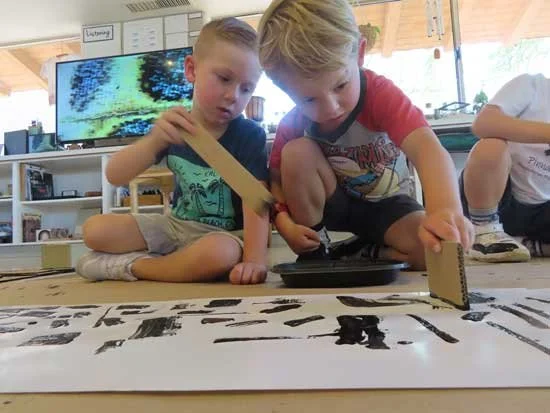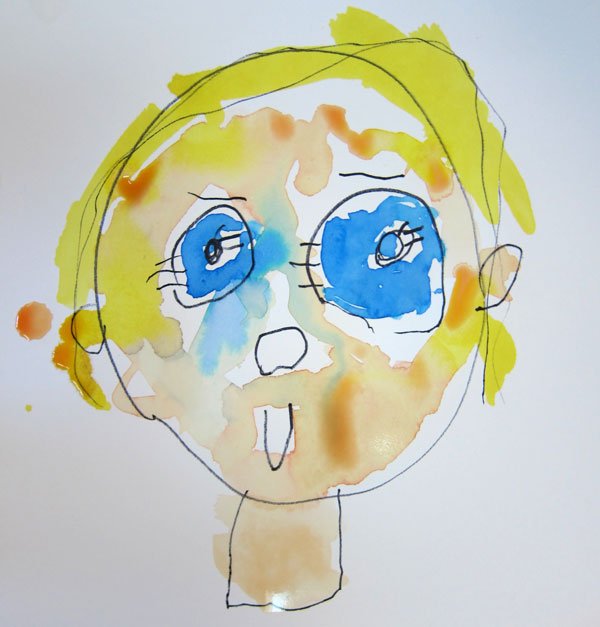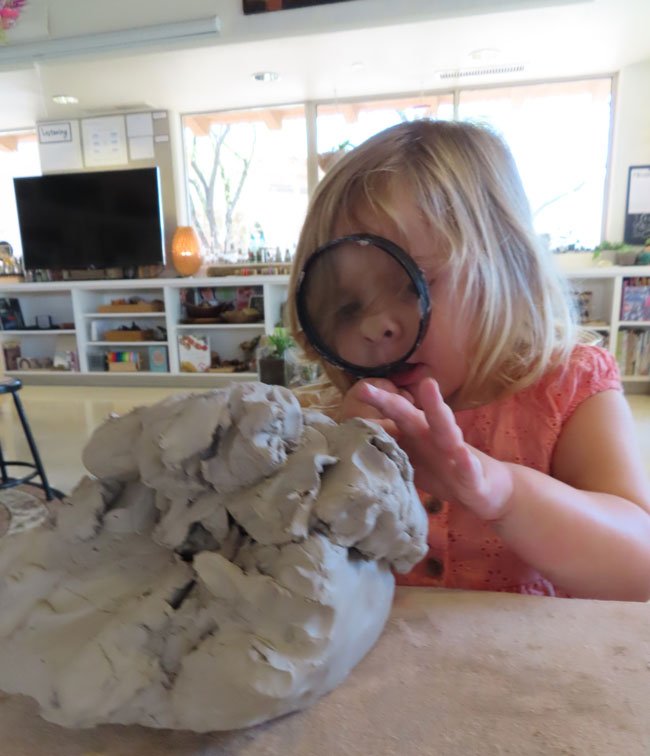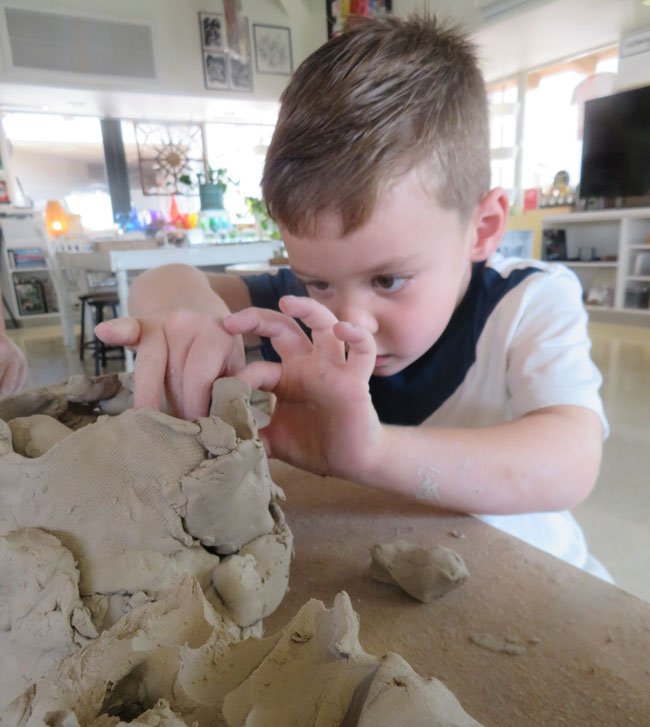As we welcome both our new and returning families to PPP this month, we know the new school year brings with it lots of questions. Here is the ultimate guide to success for the start of the school year:
Family Welcome Teachers will be sending a Welcome Email to families on August 1st introducing themselves. Tip: Print the teacher's photos out and place them in a spot where your child will see them. Include the names of the teachers with the photos and begin to familiarize your child with their names and faces. You will select your Family Welcome day and time using the Sign-Up Genius link included in the Welcome Email. At Family Welcome, families will meet their classroom teachers in small groups to allow an opportunity to see the classroom, visit with the teachers, and receive important classroom information. Parents are asked to remain with their child for the full hour of Family Welcome.
Don’t forget to stop into the Atelier to say hello to Ms. Melanie! Class Spirit Wear will also be on sale in the entryway as well as ways for parents to get involved during the school year.
At Family Welcome, teachers will ask you to confirm the contact information on the class roster. The email address listed will be the one used for classroom communication. If you would like to add an additional email for classroom communications (Daily Journal, upcoming events, and reminders) please let your class teachers know. What is a Daily Journal? The Daily Journal is a one-page spotlight of the day with photos that are sent home on the days your child attends school. The Daily is a “snapshot of the school day” and is not intended to feature your child every day. It’s a helpful resource for conversations at home and we encourage you to look at it with your child as they share about their school day.
What to Bring to Family Welcome:
Complete change of clothes labeled with your child’s name in a Ziploc bag
Don’t forget your shoes and socks! We encourage children to learn with their whole bodies and sometimes that can get messy. Be sure to send children to school in appropriate play clothes (more information on this below!)
Your child’s completed “Me Book” (if not already returned to the office)
The “Me Book” supports children in transitioning from home to school and also allows them to share about themselves with their friends and teachers.
A family photo (4x6)
Family photos are displayed in the classroom as another home-to-school connection for children.
Please also bring back your child’s portfolio if your child is returning (if you have not already) Each child receives an individual portfolio documenting their learning and development at Pinnacle. Be sure to return your child’s portfolio so teachers can continue to add to it!
First Day of School The first day of school will be Monday, August 26th for the Owl, Jackrabbit, Tortoise, and Roadrunner classes and Tuesday, August 27th for the Quail, Javelina, and Gecko classes. (Cottontail Program begins Monday, September 9th).
Drop-off & Pick-Up Morning drop-off is at the preschool gate from 8:50 AM - 9:05 AM. Classroom teachers will be in the entryway to greet children as they arrive. It is common for children to feel a little unsure when coming to school for the first time or returning from summer break. Sometimes a consistent drop-off routine helps create a predictable pattern, such as two kisses and one hug at the gate to say goodbye. Stay strong! Children take their emotional cues from us and your calm confidence will help reassure them that school is a fun and loving place. Helpful phrases: “It can be hard to say goodbye but your teacher is here to keep you safe and I will be back soon. You’re safe. You’ve got this.”
The preschool gates will open a few minutes before 12 PM and again at 12:30 PM for dismissal. Parents or caregivers will walk down to their child’s classroom for pick-up. Pre-K classes end at 12:30 PM (Roadrunner, Owl, and Jackrabbit). Three-year-old classes end at 12 PM (Quail, Javelina, Gecko, and Tortoise). Desert Buddies is a Friday add-on for the three-year-old classes and ends at 12:30 PM. Will your child be staying for Extended Day? Pick-up is at the preschool gate at 2 PM. (Children must be signed up in advance for Extended Day classes - see office for questions).
The “Set Them Up for Success” Checklist:
“School Clothes” are comfortable, easy for children to pull up and down for bathroom success, and okay to get dirty (think paint, clay, charcoal, and lots of other fun stuff).
“School Shoes” can be put on independently and are safe for running, climbing, etc.
Water bottle filled up with your child’s name clearly labeled.
Snack (peanut and tree nut free) with your child’s name clearly labeled and separate from lunch.
Lunch if Pre-K or staying for Extended Day (peanut and tree nut free) with your child’s name clearly labeled on the lunch box and containers.
Backpack to hold water, snack, and lunch (if applicable) plus any artwork your child may be bringing home. Having everything fit in the backpack helps ensure everything returns home and encourages children to be responsible for their school items.
Please Keep in Mind A foundational component of preschool is social-emotional development. Negotiating new friendships, sharing workspace and materials, and adjusting to new routines and expectations at school is hard, but important, work for young children. A key component of the Reggio Emilia Approach is partnering with parents. Open communication is key to a successful partnership.
Teachers will reach out if they observe your child needing additional support in the classroom. We encourage families to also share any feedback or behaviors they notice at home that teachers can help address. Consistency between home and school sets a predictive pattern for your child and sets them up for success in both environments.
The easiest way to communicate with your child’s teachers is by email (it’s the email address your Welcome Email was sent from). While a quick question may work at pick-up, it is often a busy time for teachers as they dismiss children going home as well as help children transitioning to Extended Day. Many teachers also have after-school responsibilities such as teaching Extended Day or meetings for Professional Development. Emailing to set up a time to talk (either in person or on the phone) is the best way for teachers to give their full attention to addressing questions about your child.
Preschool Office Ms. Sabrina and Ms. Kelsey will be at the front gate to greet families at morning drop-off. Sabrina Ball has been the Director of Pinnacle Presbyterian Preschool for twenty years. All three of her girls attended PPP and have now graduated from college. Kelsey Vasquez is the Director of Educational Practices. Her daughter is a PPP Alumni starting Kindergarten this fall and her twin boys are going into their third year at PPP in the Roadrunner class. When you enter the office, the first smiling face you will see is Ms. Diana. Diana Englund is our Office Administrator and the glue that keeps everything running smoothly! She has two daughters, one a PPP Alumni, and is celebrating her 19th year at Pinnacle.
Stay in the Know! There are lots of resources available to help you stay connected at PPP.
Newsletter Diana sends out a newsletter with upcoming events and reminders, sent via email on the first of each month.
Social Media Be sure to follow us on Facebook and Instagram for upcoming promotions, and events, and to check out our Photo of the Day with glimpses into the classrooms!
Monthly Blog This blog will be updated on the first of each month with ongoing resources and information for parents. Interested in a particular parenting or education topic? Let Kelsey know and she will do her best to research all requests! Blog Link
Preschool Calendar Don’t miss any fun events - check the school calendar here





















































































